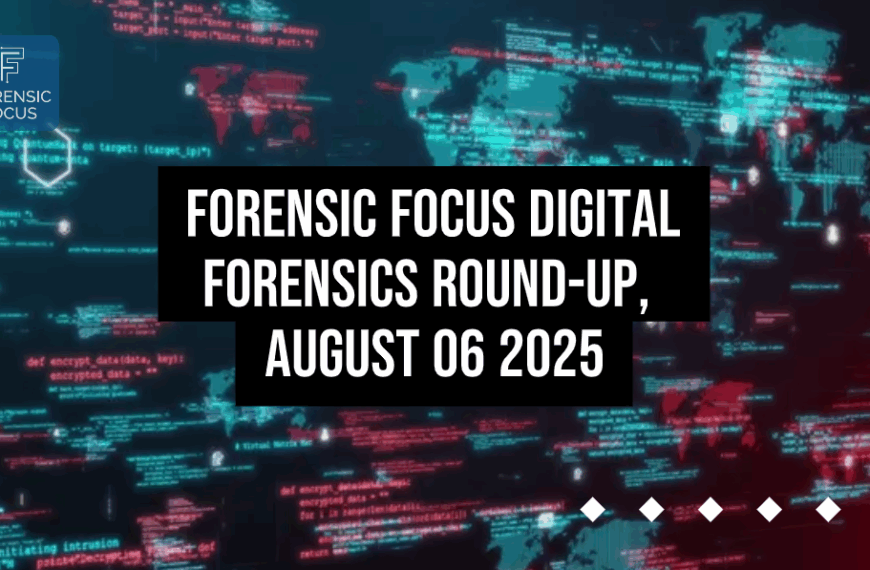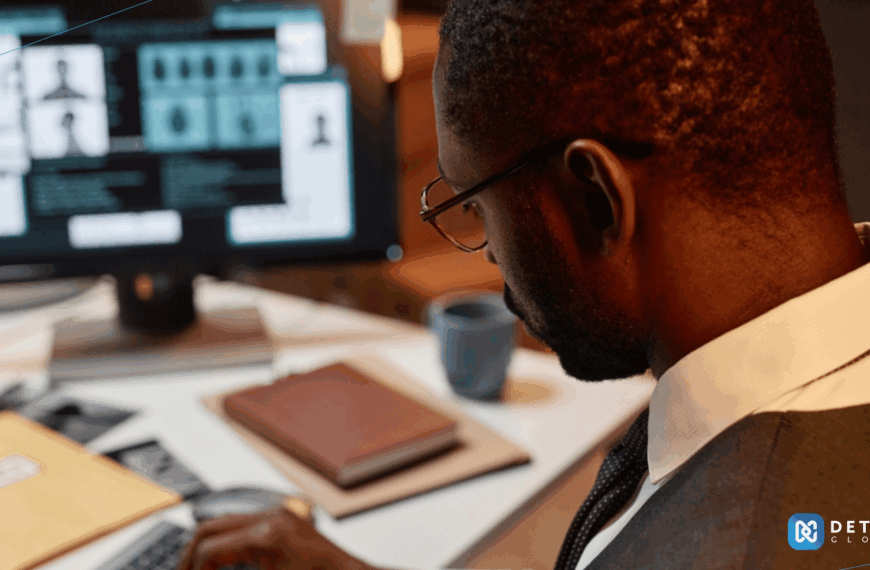by Debbie Garner, a retired law enforcement executive, technology advocate across the private and non-profit sectors, and Community Engagement Coordinator for Hexordia
Recent articles, blogs, and social media posts have raised concerns that, in many agencies and organizations, digital forensics is devolving into mere “button pushing,” with many of these so-called “button pushers” trained only to a basic level or familiar with a specific tool, without fully understanding how the tool works or how to explain its findings. This concerning trend is rooted in a multifaceted array of challenges, including significant budgetary constraints, a persistent lack of adequate personnel, and a pervasive scarcity of comprehensive training or the necessary funding to provide it. Furthermore, the desire for a one-stop-shop solution often overshadows the need for deep understanding, contributing to overwhelming workloads and persistent backlogs.
Currently, digital forensic labs face an overwhelming and ever-increasing influx of cases with no end in sight, as the backlog of digital evidence continues to rise. As a former law enforcement executive managing a large investigative work unit and a state digital forensics lab, trying to find the right balance between efficiency, effectiveness, and accuracy to minimize the backlog was a challenge. While one must be efficient in their examinations, they also must be diligent to ensure truth and justice.
Currently, many agencies and forensic units are exploring workflows that balance the skills of highly trained digital forensic examiners (DFEs) with the efficiency of digital evidence technicians (DETs), but these workflows have yet to be perfected. With diverse skill sets, it’s important that departments are aware of each position’s strengths and weaknesses and how to best integrate both skill sets into their forensic workflows.
Playing to Each Role’s Strengths
DFEs are highly skilled professionals trained in deep forensic analysis, capable of extracting, interpreting, and presenting complex digital evidence. Their role extends beyond simply running forensic tools – they must understand artifacts, reconstruct digital activity, identify anomalies, and ultimately, explain their findings in a manner that is commonly understandable and admissible in court. Some of their key strengths include:
- Expert Analysis: Uncover deleted data, reconstruct user actions, and analyze system logs.
- Courtroom Testimony: Confidently articulate findings, defend methodologies, and withstand cross-examination.
- Case Strategy: Work closely with investigators to shape digital evidence collection and analysis around case priorities.
- Custom Solutions: Adapt forensic methods when standard tools fail, developing scripts or using novel techniques to extract and analyze crucial data.
By comparison, DETs, while less formally trained in forensic analysis, serve a critical function in digital evidence processing. Their primary responsibility is the acquisition, processing, and initial triage of digital evidence. They operate forensic tools to extract standardized datasets, allowing DFEs to focus on complex examinations. Additional key strengths include:
- Efficiency: Handle routine data extraction and processing to free up DFEs for high-level analysis.
- Scalability: Enable forensic labs to process a greater volume of evidence by distributing workloads.
- Workflow Automation: Leverage forensic software to automate reporting and data filtering, reducing bottlenecks in casework.
- Cost-Effective: Typically require less resource-intensive training than developing full-fledged DFEs.
- Expediting Investigative Leads: Rapidly identify and extract immediate investigative leads such as obvious contraband, flagged keywords, or recent communications, allowing investigators to progress their cases without significant delays, preventing investigations from stalling while more in-depth DFE analysis is pending.
Relying too heavily on DETs may lead to incomplete or misinterpreted forensic results. Forensic tools, while powerful, cannot replace the expertise of an examiner who understands the underlying data. Automated processes may miss critical context, and improper handling of evidence could compromise a case. On the other hand, DFEs are often bogged down with routine tasks that do not require their level of expertise. The backlog of digital evidence can lead to delays in criminal investigations, sometimes rendering digital evidence less useful due to procedural and technical time constraints. That’s why it’s important to play to each role’s strengths.
Best Practice Workflow: Integrating DETs and DFEs
A hybrid model that leverages both DETs and DFEs can optimize efficiency while maintaining high forensic standards. Below is a suggested workflow:
- Evidence Intake & Logging (DET): Proper documentation, chain of custody, and initial categorization of devices.
- Preliminary Data Acquisition (DET): Imaging devices, verifying hashes, and applying automated triage tools to flag relevant data for immediate investigative leads.
- Data Processing & Indexing (DET): Running forensic tools to generate reports on common data types and identifying immediate “low-hanging fruit” for investigators.
- In-Depth Analysis (DFE): Investigating anomalies, recovering deleted files, examining logs, and conducting advanced analysis beyond routine extractions.
- Quality Control & Peer Review (DFE & DET Collaboration): DFEs review DET-extracted data for completeness, and DETs assist in cross-referencing.
- Report Preparation (DET & DFE Collaboration): DETs compile structured reports, while DFEs provide in-depth explanations and expert opinions.
- Testimony & Case Support (DFE): DFEs appear in court, with DETs assisting with technical documentation.
This tiered approach ensures that critical investigative leads are identified swiftly, allowing investigations to progress, while detailed, complex analysis is still performed by highly skilled DFEs when needed.
Empowering Growth Through Defined Roles and Career Tracks
While acknowledging that not all agencies possess the resources to employ both DFEs and DETs, and many law enforcement professionals currently perform a combination of investigative, examiner, and analyst duties, the increasing prevalence and importance of digital evidence suggest a growing need for investment in specialized personnel, tools, and training.
This specialization also opens up valuable career path opportunities within digital forensics. Formalized titles and clear role delineations, such as those of the DFE and DET, can provide structured advancement paths for individuals entering the field, from foundational technical roles to advanced analytical and expert witness positions.
Ultimately, regardless of the specific titles used—be it Digital Evidence Technician, Digital Forensic Examiner, or others—the critical element is a clear delineation of responsibilities, continuous training, and robust quality control measures. This strategic division of labor is designed to ensure justice is served efficiently and effectively in the face of an ever-expanding digital landscape.







